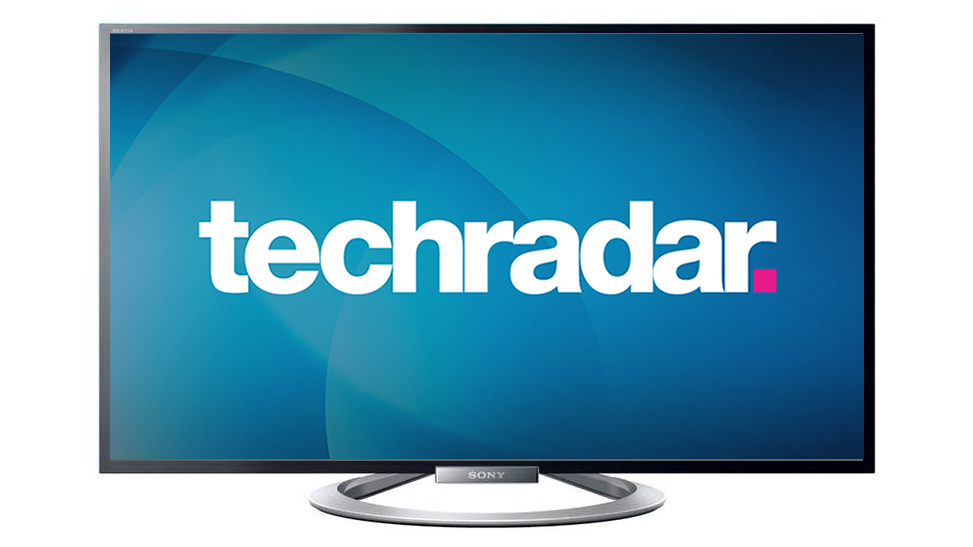Why you can trust TechRadar
First impressions of the Sony 47W805 in action are promising. Right away, for instance, your attention is grabbed and held by the screen's potent colour performance, which combines plenty of vibrancy with above average levels of tonal subtlety so that even the trickiest of colour palettes is rendered with genuine high-end finesse.
HD material looks impressively sharp too, as the innate quality of the Full HD screen combines with Sony's clearly on-the-money video processing to ensure you generally lose not one pixel of detail from a Full HD source.
There's a marginal drop-off in clarity over moving objects compared with the brilliant W9 model we've tested, but the Sony 47W805's sharpness and clarity is still strong by the standards of other televisions at the same sort of price level.
We also appreciated the wider viewing angle delivered by the Sony 47W805's panel - especially given the unusually narrow effective viewing angle of the Sony W905 TVs - and were hugely impressed by how well the Sony 47W805's processing system manages to upscale standard definition to its Full HD resolution.
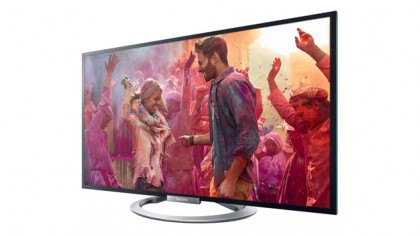
The way it adds sharpness while also reducing source noise - even with heavily compressed standard definition digital broadcasts - really is exceptional, and must surely be down to the efficacy of the latest X-Reality Pro engine.
Popping on a pair of the Sony 47W805's lightweight passive 3D glasses is well worth the effort too. Sony has taken to the passive format like a duck to water, taking full advantage of passive's key advantages of no flicker, no crosstalk and a very natural, clean experience full of credible depth.
Also enhancing the 3D experience is the impressive brightness and colour vibrancy of the 3D images, with the glasses removing scarcely any punch from the image.
Not surprisingly the Sony 47W805 does also suffer from the natural weaknesses of the passive 3D format. For instance, crosstalk double ghosting issues suddenly go from nothing to excessive if you try to watch Sony's screen from a vertical viewing angle of more than around 13 degrees above or below.
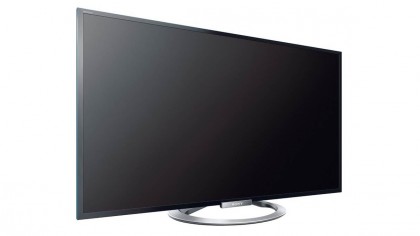
There's also slightly less detail and sharpness in the passive 3D image versus active ones, and the filter applied to passive 3D screens can cause a bit of jaggedness around the edges of small or contoured objects.
Another issue is that as the panel runs harder in 3D mode to compensate for the small amount of dimming the 3D glasses can introduce, dark areas look a touch grey and can show small evidence of backlight inconsistency, with ultra-contrasty content.
Overall, though, the Sony 47W805's 3D efforts are comfortably among the most fun and undemanding we've witnessed.
Good though the Sony 47W805's pictures have been so far, the greyness that infuses dark 3D scenes sets a few alarm bells ringing - especially as we didn't witness the same sort of 3D issues with Sony's W9 or HX853 models. So it was with a degree of nervousness that we fired up a few dark 2D movie sequences - and sadly our fears proved at least partially justified.
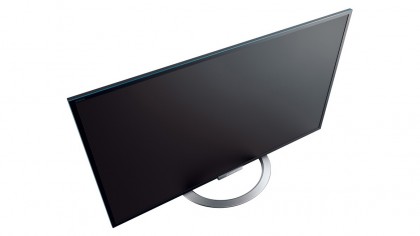
First, we turned off all the TV's various contrast-boosting tools to get a feel for the panel's natural contrast performance. And the results were disappointing to say the least, as dark sequences appeared behind a really quite high amount of the sort of grey clouding we tend to associate with low-contrast TVs.
This issue stands in particularly stark contrast to the ground-breakingly good black levels witnessed on Sony's own W9 and HX853 models, and must be a direct result of the shift to an LG 3D panel and the use of a less sophisticated edge LED dimming system.
You can, thankfully, greatly increase the TV's black level response by calling into play a provided Advanced Contrast Enhancer feature. In fact, with this in play black levels go from being below average to being very good. However, there's an unfortunate price to pay for this increased black level: distracting brightness shifting.
The amount of backlight manipulation the TV has to undertake to try to disguise the lack of native contrast in its panel is just too extreme - even if you stick with a relatively low-powered Advanced Contrast Enhancer setting - so that you can see the image's brightness levels jumping around in response to subtle shifts in the brightness of the image content.
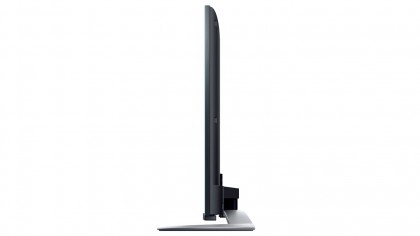
Another side effect of how hard the dynamic contrast system has to work to fight the screen's native lack of contrast is a loss of shadow detail in dark parts of the image.
We tried every trick we could think of to try to find some miracle setting combination that might enable us to find a perfect balance between the Sony 47W805's various contrast enhancement tools. But we never stumbled upon a combination that enabled us to feel truly immersed in or convinced by dark scenes.
John has been writing about home entertainment technology for more than two decades - an especially impressive feat considering he still claims to only be 35 years old (yeah, right). In that time he’s reviewed hundreds if not thousands of TVs, projectors and speakers, and spent frankly far too long sitting by himself in a dark room.
